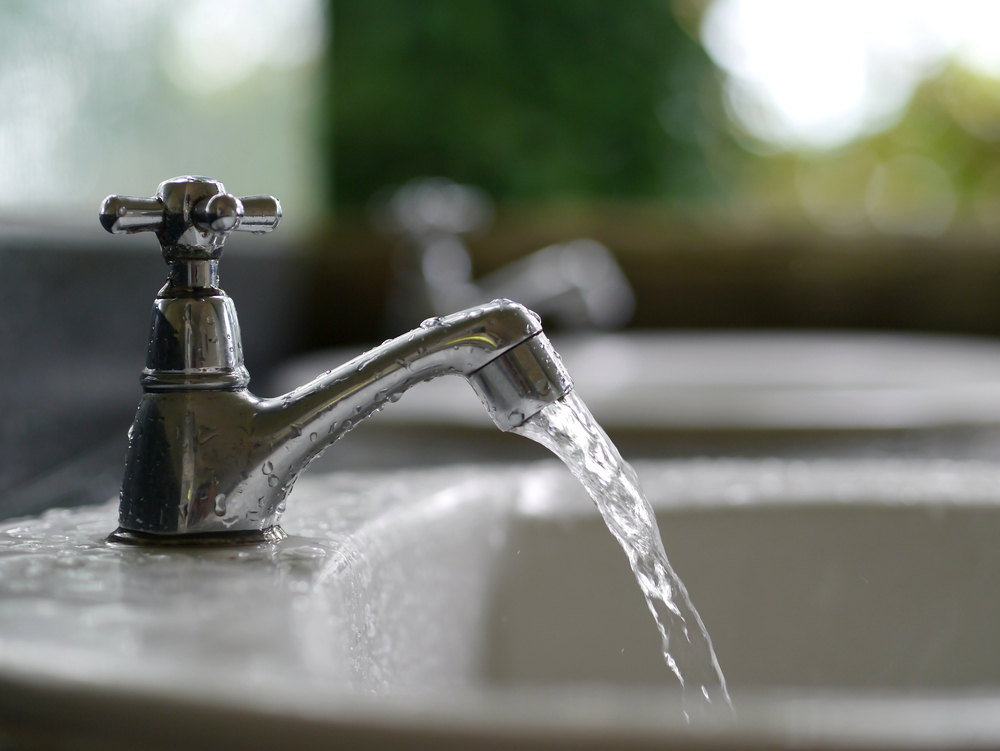The Local newsletter is your free, daily guide to life in Colorado. For locals, by locals.
Denver sits almost 60 miles east of the Continental Divide, so it’s slightly surreal to realize that half the water flowing from our sprinklers, showerheads, and kitchen faucets originates on the other side of the divide, in the Colorado River basin.
Thanks to a network of transmountain diversion tunnels that pipe Colorado’s water from the Western Slope (where 84 percent of it falls as snow), to the Eastern Slope (where 89 percent of Coloradans reside), the health of the Mile High City’s water supply is inextricably linked to the condition of the Colorado River.

With that critical dependency in mind, Denver Water announced last Thursday that it was contributing $2 million toward an $11 million partnership—called Colorado River System Conservation Program—with the Department of the Interior and three utilities in Arizona, Nevada, and California to fund voluntary water conservation projects. (I first reported this development in the High Country News.)
The situation is dire: Unless the long drought afflicting much of the West releases its hold, or people from Denver to Los Angeles suddenly start using less water, reservoir levels behind the Glen Canyon Dam in Arizona and the Hoover Dam in Nevada could soon drop too low for them to keep generating electricity.
If the turbines stop running, it will likely drive up power rates across Colorado, Utah, Wyoming, New Mexico, and beyond and trigger sudden, involuntary water use restrictions. (The 1922 Colorado River Compact mandates that people in those states deliver at least 7.5 million acre feet of water over 10 years to California, Arizona, and Nevada, but if Lake Powell drops below “minimum power” there may not be enough head pressure left in the reservoir to push that much water through Glen Canyon Dam.)
“If Powell goes below minimum power, that means the upper [Colorado River] basin’s bank account for delivering water to the lower basin has been depleted,” says Denver Water CEO Jim Lochhead. “And potentially a wide array of water uses—including half of Denver Water’s supply—could be at risk and could be curtailed.”
To stave off the economic shock that would surely ensue, water managers plan to release more water from upper Colorado River basin reservoirs such as Wyoming’s Flaming Gorge, to keep Arizona’s Lake Powell and Nevada’s Lake Mead in power-generating territory. The new program will also fund so-called “demand management” projects over a two-year trial period, to see how far voluntary, compensated conservation can go in plugging the basin’s water gap.
Such projects could include anything from using more recycled water to irrigate Denver’s public parks, to fallowing some Grand Junction farmland temporarily during drier years or planting more water efficient crops. And although agriculture—which uses 86 percent of Colorado’s water—is an obvious target for conservation, Denver Water officials say they’re determined to ensure that other sectors of the state’s economy also shoulder some of the burden. As the utility prepares to start accepting demand management project proposals next year, agricultural groups across Colorado and water interests on the Western Slope are likely to urge Front Range cities to take a hard look at their bluegrass lawns, and conserve their share of water.
“We would like to see municipal demand management looked at and evaluated part and parcel to other uses,” says Terry Fankhauser, executive vice president of the Colorado Cattlemen’s Association, which advocates for ranchers. “And I think if you talk to water users on the Western Slope, they would concur with that position.”








